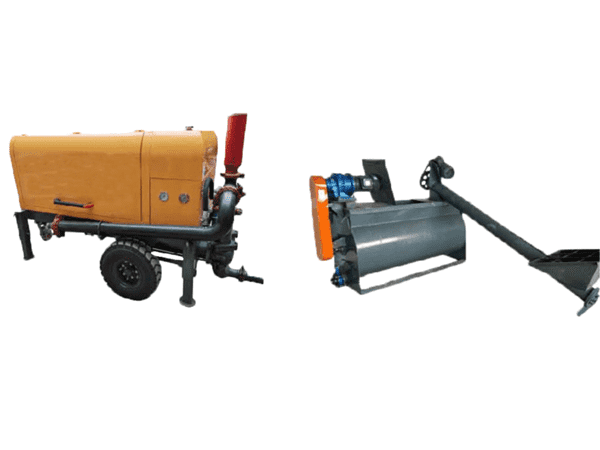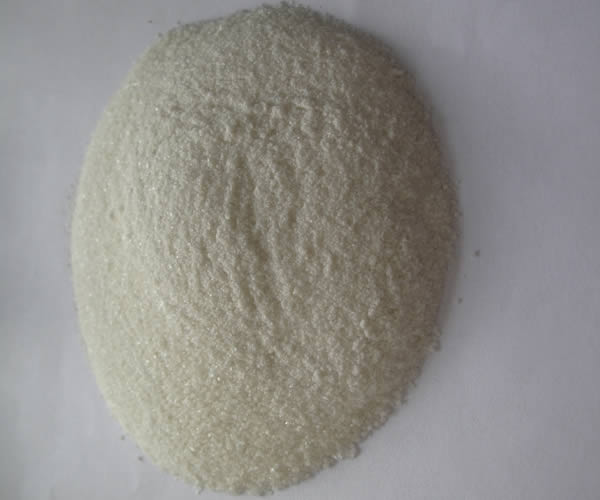Professional solutions on concrete addtives, Concrete Foaming Agent, Superplasticizer, CLC Blocks Additives, and foaming machine
(Development of polycarboxylate superplasticizer)
According to the different molecular structure, it can be divided into four generations of polycarboxylate series superplasticizer, the first generation is acrylic acid copolymer, the second generation is propylene ether type, the third generation is amide type, and the fourth generation is polyethylene glycol branched chain type.
First generation: methacrylic acid / enoic acid methyl ester copolymer.
The synthesis of the first generation polycarboxylate superplasticizer has few kinds of raw materials and the process is relatively simple.
Second generation: propenyl ether copolymer.
The second generation polycarboxylate superplasticizer is mainly ether bond in molecular synthesis structure. This synthesis method uses maleic anhydride raw materials, and the units of its branched chains are connected by ether bonds, so it is also called polyether superplasticizer.
Third generation: amide / imide type.
The third generation polycarboxylate superplasticizer began to use amide raw materials.
Fourth generation: polyamide-polyethylene glycol branched chain type.
The fourth kind of polycarboxylate superplasticizer focuses on considering the influence of molecular structure and properties, and polyoxyethylene side chain is introduced into the synthesis process control.
Synthesis method of polycarboxylate superplasticizer
Direct copolymerization of polymerizable monomers.
In this synthesis method, a long polyether side chain is introduced into the main chain, and the key to the preparation is to synthesize macromonomers with polymerization activity (usually methoxy polyethylene glycol acrylate). Then the monomers with a certain ratio are mixed together and the finished product is obtained by solution polymerization. The premise of this synthesis process is that in the stage of synthesis of macromonomers, the catalyst has a great influence on the synthetic products, and there is a tedious process of intermediate separation and purification. The main purpose is to find suitable catalysts and reaction conditions to further increase the yield and shorten the reaction time so as to reduce the production cost. It has been reported that phase transfer catalyst or inorganic salt is a kind of effective reaction catalyst. A kind of concrete admixture with good slump retention was prepared by direct copolymerization of short-chain and long-chain methoxy polyethylene glycol methacrylate and methacrylic acid.
Functionalization after polymerization.
This synthesis method is to first form the main chain and then introduce the side chain, generally using polycarboxylate with constant molecular weight, which is grafted with polyether at higher temperature under the action of catalyst. However, there are some problems in this method: first, the types and specifications of ready-made polycarboxylate products are limited, so it is difficult to adjust their composition and molecular weight; second, the compatibility of polycarboxylate and polyether is not good, and the actual operation of esterification is difficult. Third, water is formed in the process of esterification, and phase separation will occur. Therefore, the selection of a polyether with good compatibility with polycarboxylate has become the key to the synthesis.
In situ polymerization and grafting.
This synthesis method is mainly developed to overcome the shortcomings of post-polymerization functionalization. Side chains are introduced at the same time of main chain polymerization, and polyether is used as the reaction medium of carboxylic acid unsaturated monomers. The reaction integrates polymerization and esterification, which avoids the problem of poor compatibility between polycarboxylate and polyether. Although this method can control the molecular weight of the polymer, the main chain can only choose the monomer containing-C00H group, otherwise it is difficult to graft. And the grafting reaction is a reversible equilibrium reaction, there is a large amount of water in the system before the reaction, and the degree of grafting is not very high and difficult to control. This method has the advantages of simple process and low production cost, but the molecular design is difficult.
Concrete Additives Supplier
TRUNNANO is a reliable foaming agents supplier with over 12-year experience in nano-building energy conservation and nanotechnology development.
If you are looking for high-quality polycarboxylate superplasticizer, please feel free to contact us and send an inquiry. (sales@cabr-concrete.com)
We accept payment via Credit Card, T/T, West Union, and Paypal. TRUNNANO will ship the goods to customers overseas through FedEx, DHL, by air, or by sea.
(Development of polycarboxylate superplasticizer)








